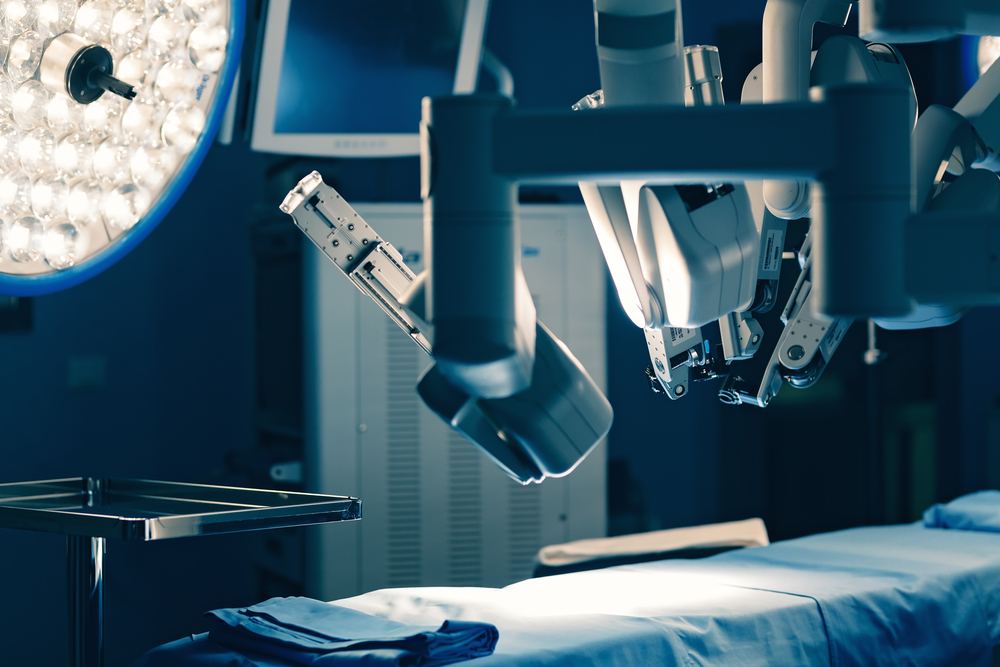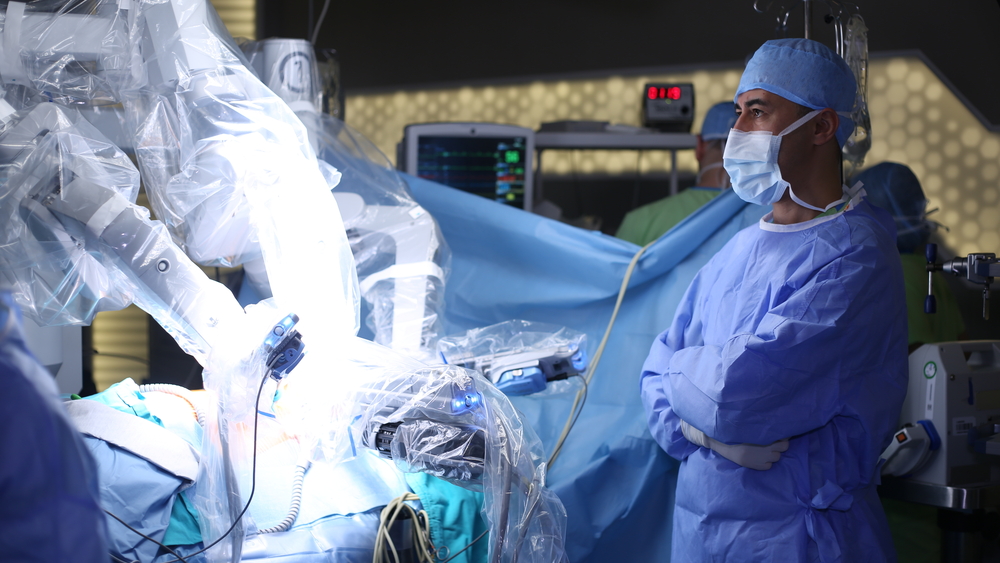In the ever-evolving landscape of medical technology, one technological advancement that has paved the way for remarkable transformations is Optical WDM (Wavelength Division Multiplexing) subsystems.
These sophisticated systems, originally developed for telecommunications, have found a new and pivotal role in the medical field, particularly in surgical settings. Leveraging their capability to transmit multiple data streams simultaneously, optical WDM subsystems are empowering medical professionals with unparalleled video quality, bi-directional data exchange, and remarkable flexibility in operating rooms.
Unveiling the Power of Optical WDM Subsystems
At its core, Optical WDM is a technique that allows multiple data streams to be transmitted simultaneously over a single optical fiber, each using a unique wavelength of light. This technology is based on the principle of wavelength multiplexing, where different wavelengths of light carry distinct streams of data. The data streams can be combined and transmitted over the same fiber without interference, as long as the wavelengths are kept separate.
Initially, optical WDM was utilized in telecommunications for efficiently expanding the bandwidth of optical fibers, enabling the rapid growth of internet and communication networks. However, its unique capabilities quickly caught the attention of the medical community, which saw the potential to integrate this technology into various healthcare applications.

Flexible Integration with Surgical Environments

One of the most compelling aspects of optical WDM subsystems is their adaptability to the dynamic and space-constrained environments of operating rooms. In modern surgical settings, equipment needs to be positioned precisely and moved as required during procedures. This is where single fiber solutions truly shine.
Optical WDM subsystems designed with single fiber solutions offer remarkable flexibility. These systems can be seamlessly integrated into boom arms, which are adjustable support structures commonly found in operating rooms. The compact nature of single fiber optical WDM solutions also allows for easy routing and manipulation when these optical WDM subsystems are integrated into endoscope systems, laparoscopic cameras, and other imaging devices for transmitting high-definition video to large display screens in real-time.
Exceptional Video Quality: Elevating Visualization in Operating Rooms
The significance of high-quality video feeds in operating rooms cannot be overstated. Surgeons rely heavily on real-time imaging to make critical decisions during procedures. Optical WDM subsystems play a crucial role in delivering exceptional video quality that aids in precise navigation and informed interventions.
By dedicating specific wavelengths to video feeds, medical facilities can ensure that high-definition images are transmitted without compromise. Surgeons are presented with clear, crisp visuals that capture intricate details of the surgical site. This level of clarity empowers them to make informed decisions and perform delicate maneuvers with greater confidence. Furthermore, this advancement in visualization has a positive impact on medical training and education, as students and trainees can observe procedures with unprecedented clarity.

Cutting-edge Applications in Medical Procedures
The adoption of optical WDM subsystems in medical applications has opened doors to a wide range of cutting-edge procedures and techniques. Some notable applications include:
Minimally Invasive Surgery
In minimally invasive surgeries, where small incisions are made to access the surgical site, precision and visualization are paramount. Optical WDM subsystems provide high-definition video feeds that aid surgeons in navigating intricate anatomical structures with precision. This minimizes tissue damage, accelerates patient recovery, and reduces post-operative complications.
Robotic-Assisted Surgery
Robotic-assisted surgery is a rapidly advancing field that relies on highly precise robotic systems controlled by surgeons. Optical WDM subsystems provide the seamless communication and uncompressed high-definition video required for real-time control of these robotic systems, enabling surgeons to carry out complex procedures with enhanced dexterity and accuracy.

Conclusion
The marriage of Optical WDM subsystems and medical technology has ushered in a new era of surgical precision, collaboration, and visualization. These systems, originally developed for telecommunications, are now at the forefront of enhancing patient care through exceptional video quality, bi-directional data exchange, and flexible integration within operating rooms. As medical applications continue to evolve, optical WDM subsystems will likely play an increasingly pivotal role in revolutionizing healthcare and pushing the boundaries of what is possible in the field of medicine.
